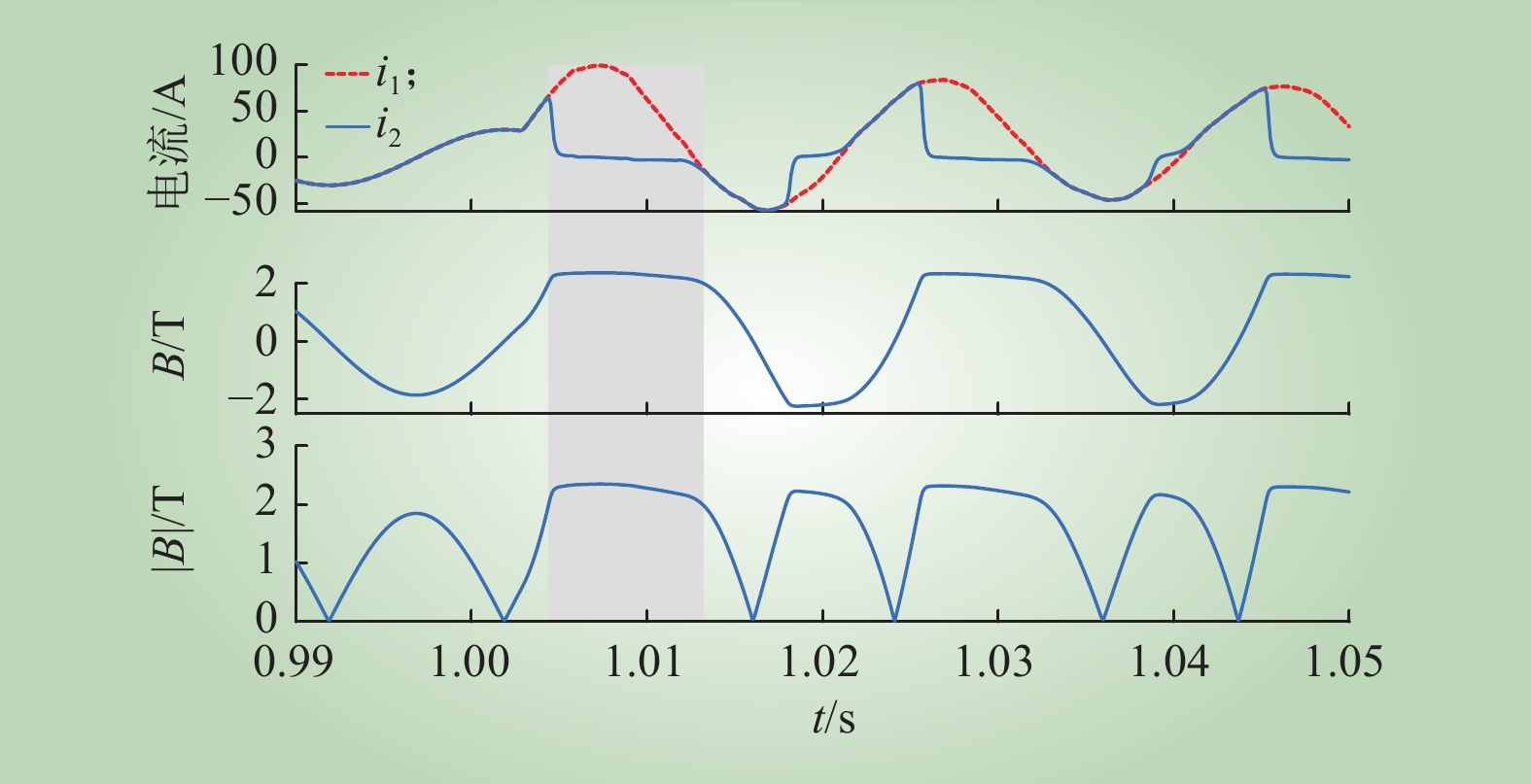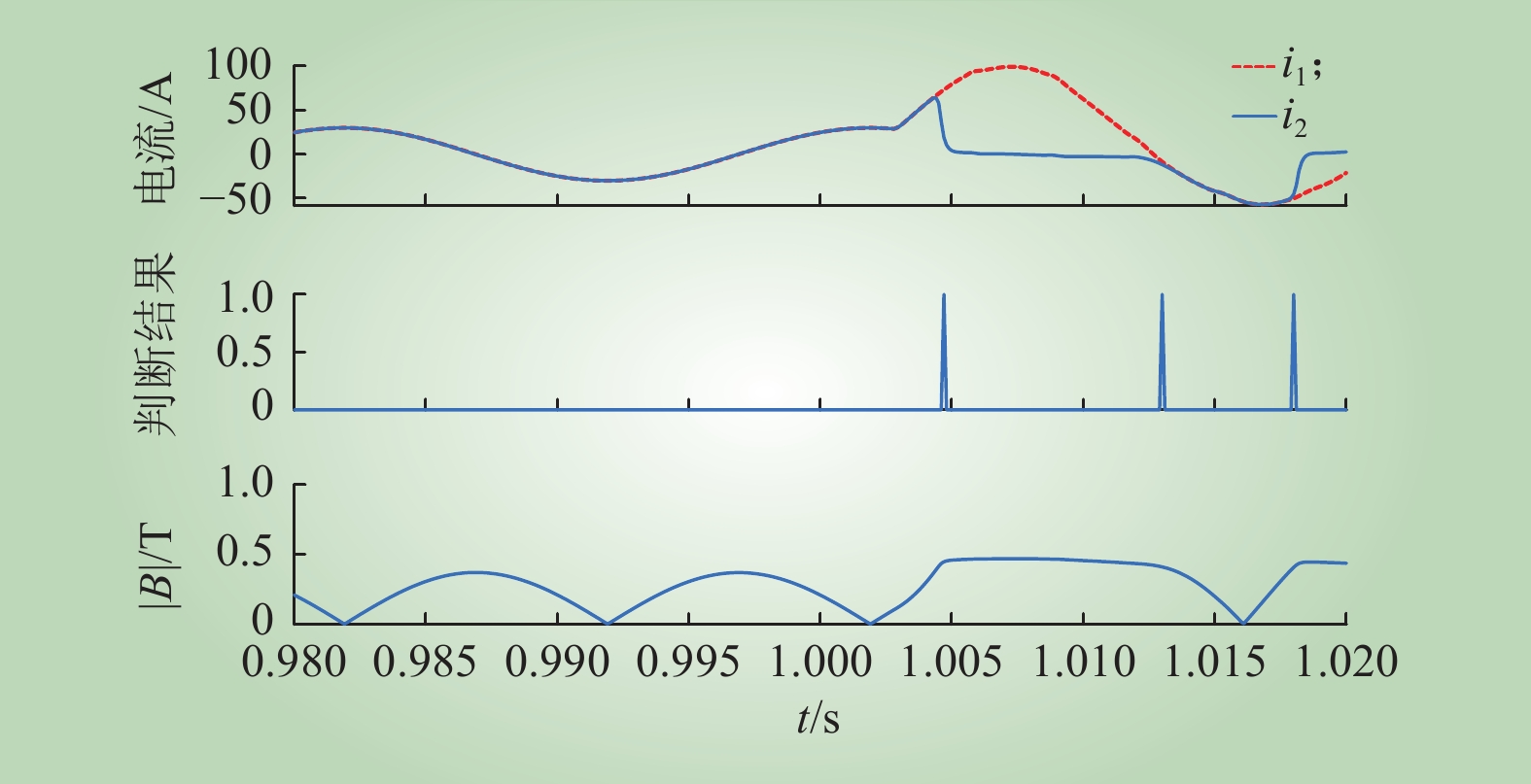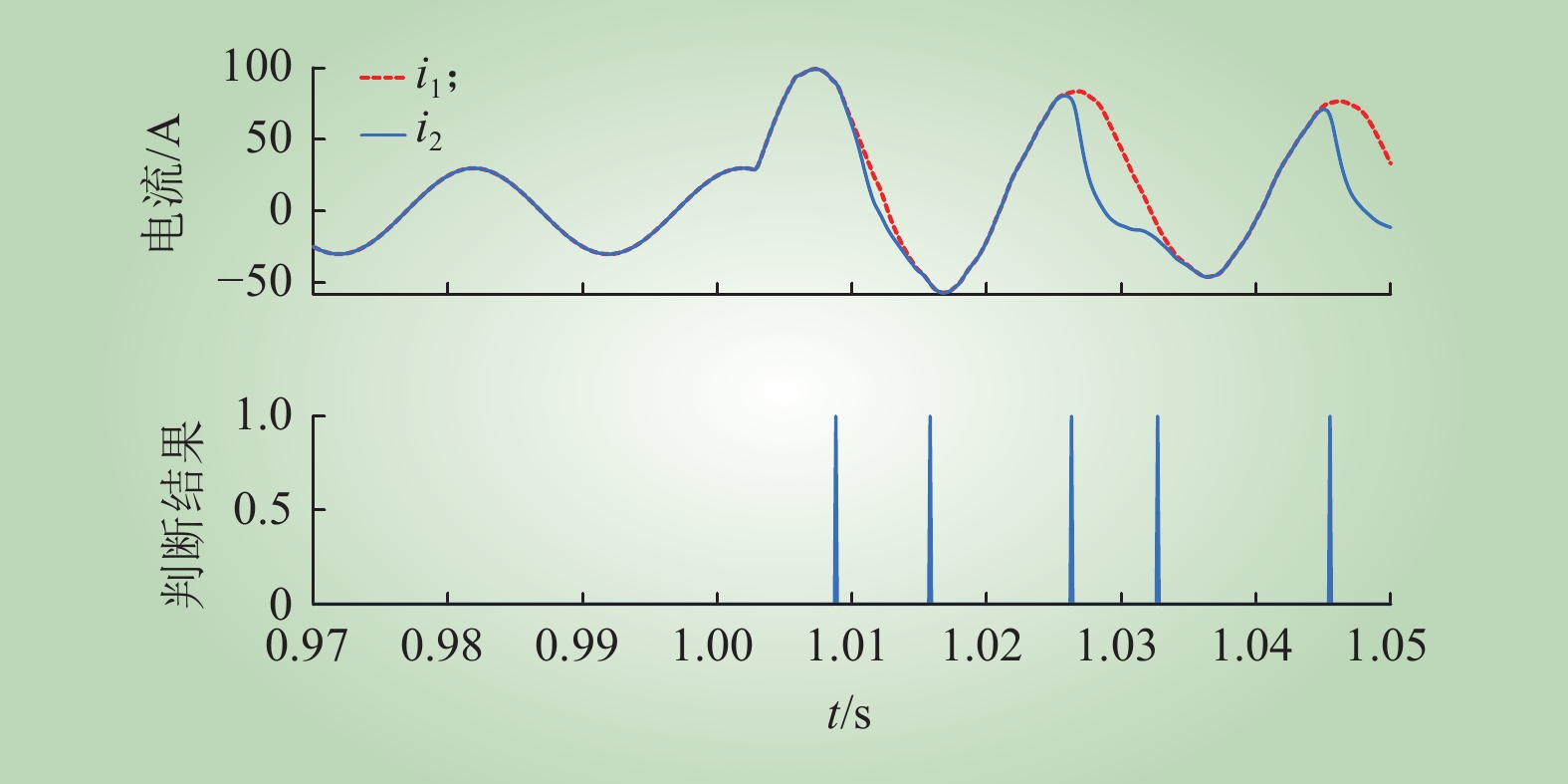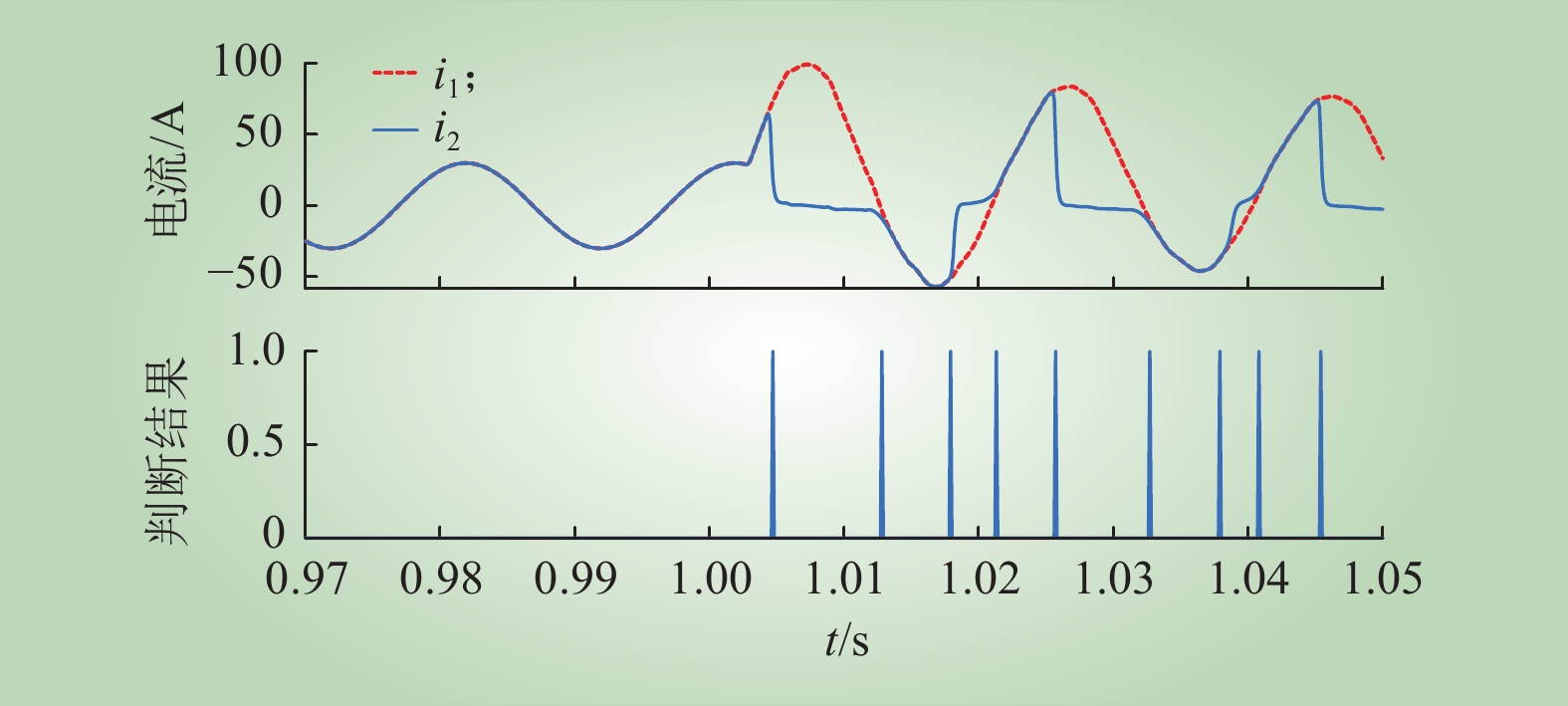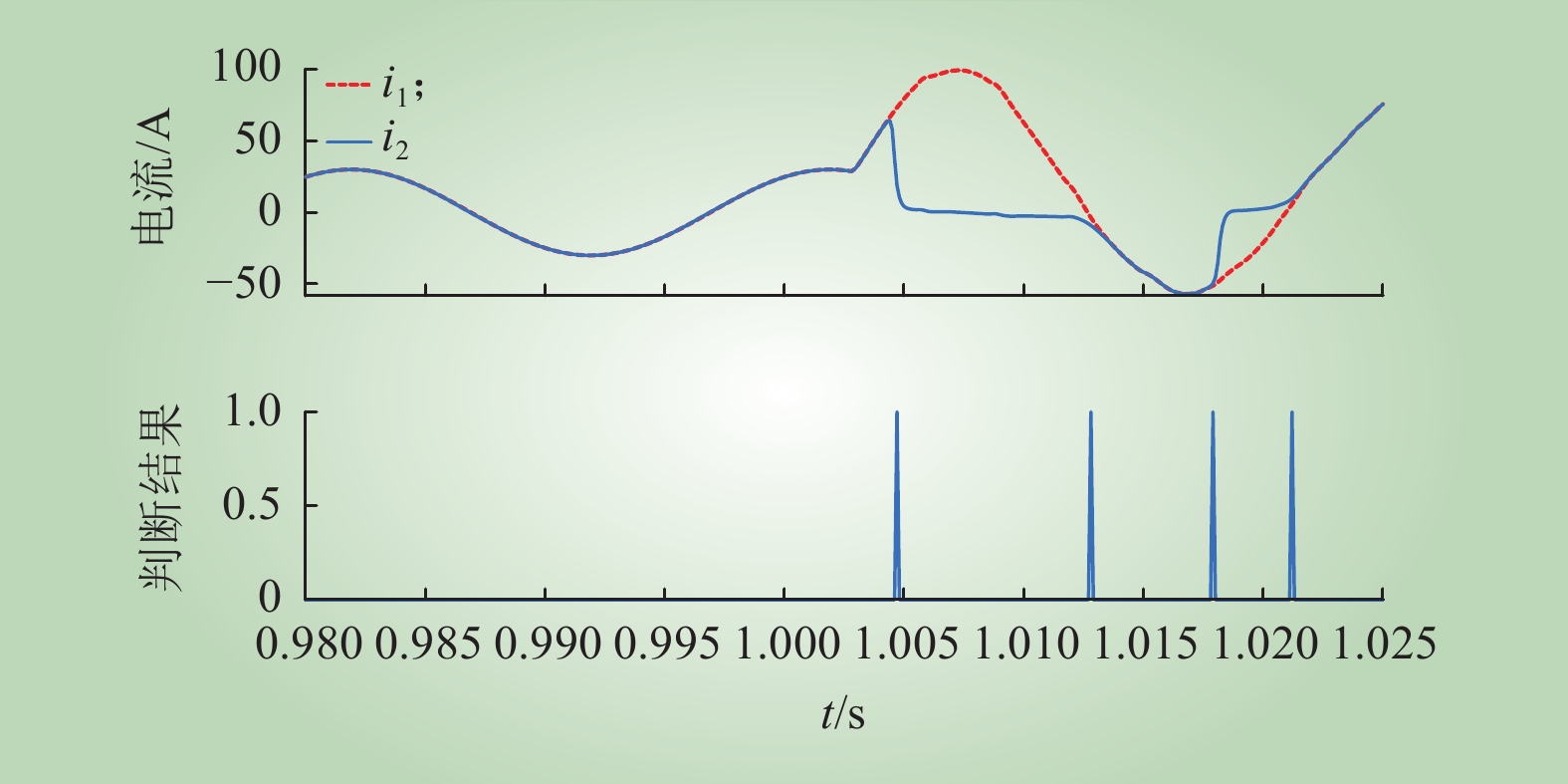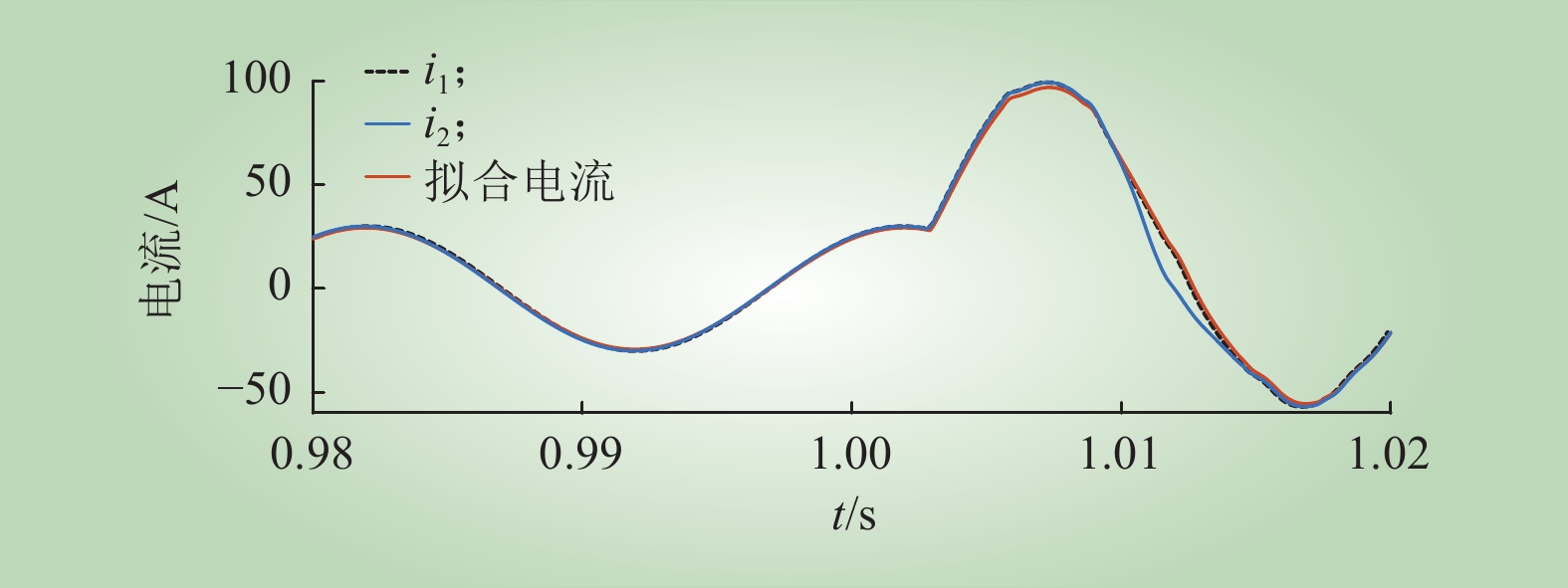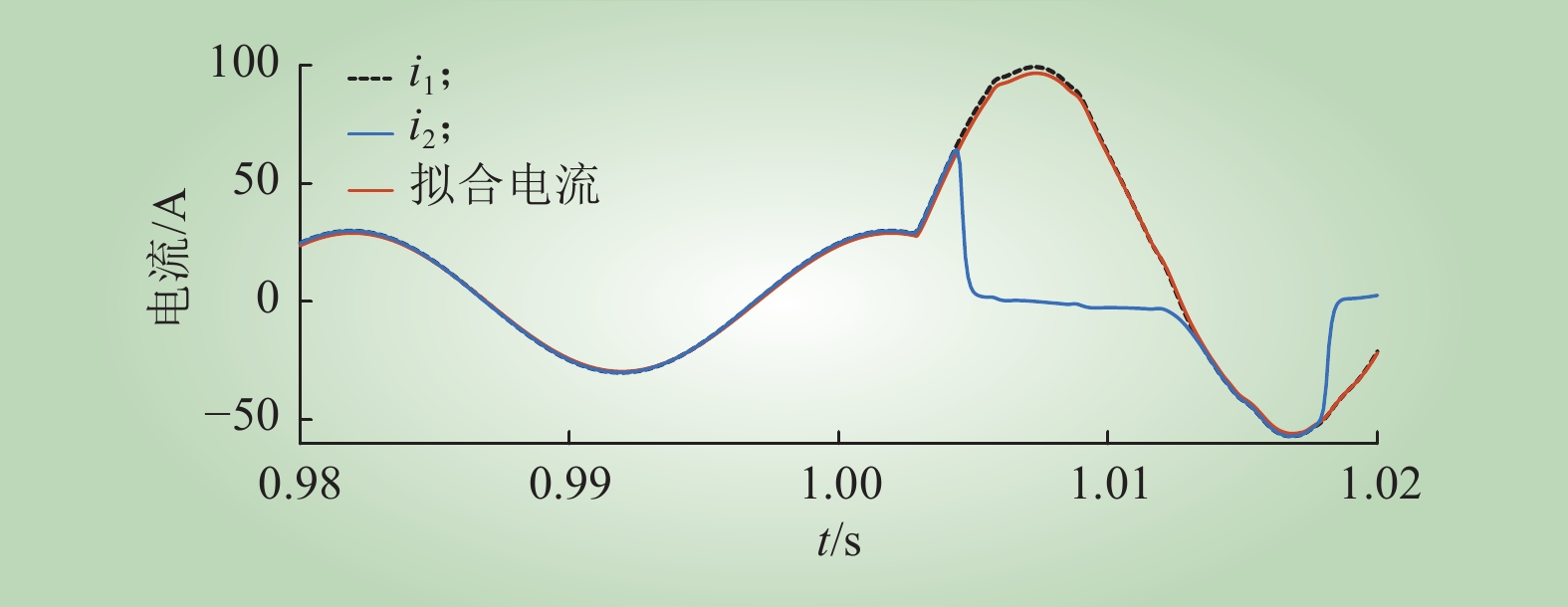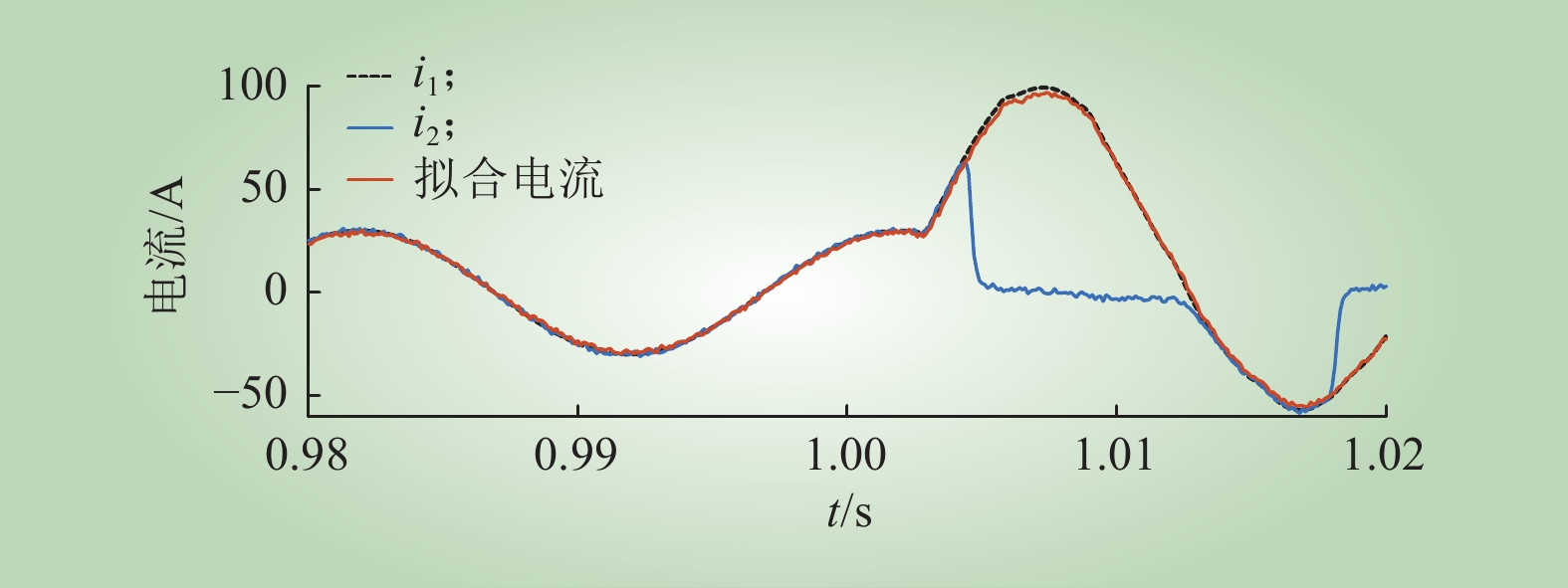| 1 |
贾渭娟, 罗平. 供配电系统[M]. 重庆: 重庆大学出版社, 2016.
|
| 2 |
梁仕斌, 文华, 曹敏, 等. 铁心剩磁对电流互感器性能的影响[J]. 继电器, 2007, 35 (22): 27- 32.
|
|
LIANG Shibin, WEN Hua, CAO Min, et al. The effects of remanent in CT core[J]. Relay, 2007, 35 (22): 27- 32.
|
| 3 |
陈武恝, 朱永海. 基于PSCAD的电流互感器饱和特性分析[J]. 大功率变流技术, 2009, (1): 39- 42.
DOI
|
|
CHEN Wujia, ZHU Yonghai. Analysis of current transformer saturation characteristics based on PSCAD[J]. High Power Converter Technology, 2009, (1): 39- 42.
DOI
|
| 4 |
罗慧, 周卿松, 苗洪雷, 等. 基于LMD母线差动保护CT饱和检测方法研究[J]. 电力系统保护与控制, 2015, 43 (12): 49- 54.
DOI
|
|
LUO Hui, ZHOU Qingsong, MIAO Honglei, et al. A method for CT saturation detection based on LMD in busbar differential protection[J]. Power System Protection and Control, 2015, 43 (12): 49- 54.
DOI
|
| 5 |
公茂法, 夏文华, 张晓明, 等. 基于HHT的抗CT饱和变压器故障识别新方法[J]. 电力系统保护与控制, 2013, 41 (22): 64- 70.
DOI
|
|
GONG Maofa, XIA Wenhua, ZHANG Xiaoming, et al. New method to identify transformer fault with anti-CT saturation based on HHT[J]. Power System Protection and Control, 2013, 41 (22): 64- 70.
DOI
|
| 6 |
郑涛, 陈佩璐, 刘连光, 等. 计及直流偏磁的电流互感器传变特性对差动保护的影响[J]. 电力系统自动化, 2012, 36 (20): 89- 93.
|
|
ZHENG Tao, CHEN Peilu, LIU Lianguang, et al. Transferring characteristics of current transformer affected by DC magnetic bias and its impact on differential protection[J]. Automation of Electric Power Systems, 2012, 36 (20): 89- 93.
|
| 7 |
翁汉琍, 王胜, 林湘宁, 等. 基于波形相似度的抗电流互感器饱和变压器相位差动保护[J]. 电力系统自动化, 2019, 43 (4): 132- 138.
|
|
WENG Hanli, WANG Sheng, LIN Xiangning, et al. Waveform similarity based transformer phase differential protection against current transformer saturation[J]. Automation of Electric Power Systems, 2019, 43 (4): 132- 138.
|
| 8 |
SOLAK K, REBIZANT W, KLIMEK A. Fuzzy adaptive transmission-line differential relay immune to CT saturation[J]. IEEE Transactions on Power Delivery, 2012, 27 (2): 766- 772.
DOI
|
| 9 |
朱佳杰, 邰能灵. 一种发电机差动保护的新方案[J]. 电工技术学报, 2008, 23 (3): 131- 136.
DOI
|
|
ZHU Jiajie, TAI Nengling. A novel scheme of generator differential protection[J]. Transactions of China Electrotechnical Society, 2008, 23 (3): 131- 136.
DOI
|
| 10 |
朱国防, 陆于平. 扇环型制动区差动保护算法[J]. 电工技术学报, 2009, 24 (11): 172- 177.
|
|
ZHU Guofang, LU Yuping. A novel differential protection with sector-ring restraint region[J]. Transactions of China Electrotechnical Society, 2009, 24 (11): 172- 177.
|
| 11 |
李振华, 兰芳, 钟悦, 等. 基于双骨架共绕技术的测量保护一体化电流传感器[J]. 高电压技术, 2022, 48 (11): 4427- 4436.
|
|
LI Zhenhua, LAN Fang, ZHONG Yue, et al. Measurement-protection-integrated current sensor based on double-bobbin co-winding technology[J]. High Voltage Engineering, 2022, 48 (11): 4427- 4436.
|
| 12 |
林湘宁, 刘沛, 高艳. 基于数学形态学的电流互感器饱和识别判据[J]. 中国电机工程学报, 2005, 25 (5): 44- 48.
|
|
LIN Xiangning, LIU Pei, GAO Yan. A novel method to identify the saturation of the current transformer using mathematical morphology[J]. Proceedings of the CSEE, 2005, 25 (5): 44- 48.
|
| 13 |
郑涛, 谷君, 黄少锋, 等. 基于数学形态梯度的变压器转换性故障识别新判据[J]. 中国电机工程学报, 2008, 28 (22): 75- 80.
|
|
ZHENG Tao, GU Jun, HUANG Shaofeng, et al. A new algorithm to distinguish the transferring fault of transformer protection based on morphological gradient[J]. Proceedings of the CSEE, 2008, 28 (22): 75- 80.
|
| 14 |
杨恢宏, 谢百煌, 毕大强, 等. 基于虚拟制动电流采样点差动的CT饱和识别方法[J]. 继电器, 2006, 34 (13): 50- 53.
|
|
YANG Huihong, XIE Baihuang, BI Daqiang, et al. Using the sampling differential protection based on the constructed restraint current to identify CT saturation[J]. Relay, 2006, 34 (13): 50- 53.
|
| 15 |
刘益青, 高伟聪, 王成友, 等. 基于差电流半周积分特征的电流互感器饱和识别方法[J]. 电网技术, 2016, 40 (9): 2889- 2895.
DOI
|
|
LIU Yiqing, GAO Weicong, WANG Chengyou, et al. Detection method for current transformer saturation based on characteristic of differential current by half-cycle integral algorithm[J]. Power System Technology, 2016, 40 (9): 2889- 2895.
DOI
|
| 16 |
刘益青, 武凯, 徐明阳, 等. 基于CT饱和准确识别的零序方向元件改进方案[J]. 电网技术, 2021, 45 (10): 4161- 4171.
|
|
LIU Yiqing, WU Kai, XU Mingyang, et al. Improved scheme of zero-sequence direction element based on accurate recognition of CT saturation[J]. Power System Technology, 2021, 45 (10): 4161- 4171.
|
| 17 |
刘鹏辉, 焦兵豪, 郭向伟. 考虑CT饱和干扰的电力变压器励磁涌流识别方法[J]. 电网技术, 2022, 46 (9): 3633- 3641.
DOI
|
|
LIU Penghui, JIAO Binghao, GUO Xiangwei. Magnetizing inrush identification method of power transformer considering CT saturation interference[J]. Power System Technology, 2022, 46 (9): 3633- 3641.
DOI
|
| 18 |
牛火平. 基于二次谐波电流含有率识别CT饱和方案[J]. 云南电力技术, 2017, 45 (3): 25- 26, 31.
DOI
|
|
NIU Huoping. A new approach of discriminating CT saturation based on percentage of second harmonic current[J]. Yunnan Electric Power, 2017, 45 (3): 25- 26, 31.
DOI
|
| 19 |
BEHI D, ALLAHBAKHSHI M, BAGHERI A, et al. A new statistical-based algorithm for CT saturation detection utilizing residual-based similarity index[C]//2017 Iranian Conference on Electrical Engineering (ICEE). Tehran, Iran. IEEE, 2017: 1072–1077.
|
| 20 |
ETUMI A A, ANAYI F. The application of correlation technique in detecting internal and external faults in three-phase transformer and saturation of current transformer[J]. IEEE Transactions on Power Delivery, 2016, 31 (5): 2131- 2139.
DOI
|
| 21 |
李江峡, 黄景光, 张宇鹏, 等. 抑制直流偏磁导致的互感器饱和的直流补偿法[J]. 科学技术与工程, 2021, 21 (9): 3618- 3625.
DOI
|
|
LI Jiangxia, HUANG Jingguang, ZHANG Yupeng, et al. Direct current compensation of the current transformer transient saturation caused by direct current bias suppression[J]. Science Technology and Engineering, 2021, 21 (9): 3618- 3625.
DOI
|
| 22 |
ZHENG T, HUANG T, MA Y L, et al. Histogram-based method to avoid maloperation of transformer differential protection due to current-transformer saturation under external faults[J]. IEEE Transactions on Power Delivery, 2018, 33 (2): 610- 619.
DOI
|
| 23 |
PAN J P, VU K, HU Y. An efficient compensation algorithm for current transformer saturation effects[J]. IEEE Transactions on Power Delivery, 2004, 19 (4): 1623- 1628.
DOI
|
| 24 |
张旭, 徐永海, 刘子腾, 等. 考虑系统侧谐波电压波动的光伏接入点谐波发射水平评估方法[J]. 中国电力, 2021, 54 (3): 109- 116.
|
|
ZHANG Xu, XU Yonghai, LIU Ziteng, et al. A method for assessing harmonic emission level of photovoltaic access point considering system-side harmonic voltage fluctuations[J]. Electric Power, 2021, 54 (3): 109- 116.
|
| 25 |
黄潇潇, 杨韬, 郑骁麟, 等. 基于PMU量测信息的短线路同杆并架双回线参数辨识[J]. 中国电力, 2020, 53 (7): 141- 148.
|
|
HUANG Xiaoxiao, YANG Tao, ZHENG Xiaolin, et al. Parameter identification of short parallel double-circuit lines based on PMU measurements[J]. Electric Power, 2020, 53 (7): 141- 148.
|
| 26 |
林国营, 宋强, 潘峰, 等. 基于差分平面法的CT饱和检测及补偿研究[J]. 电测与仪表, 2018, 55 (17): 146- 152.
DOI
|
|
LIN Guoying, SONG Qiang, PAN Feng, et al. Research of CT saturation detection and compensation based on differential plane method[J]. Electrical Measurement & Instrumentation, 2018, 55 (17): 146- 152.
DOI
|
| 27 |
柳焕章, 王兴国, 周泽昕, 等. 一种利用电流突变量采样值的电流互感器饱和识别方法[J]. 电网技术, 2016, 40 (11): 3574- 3579.
DOI
|
|
LIU Huanzhang, WANG Xingguo, ZHOU Zexin, et al. A CT saturation identification method using sampled current fault component data[J]. Power System Technology, 2016, 40 (11): 3574- 3579.
DOI
|


